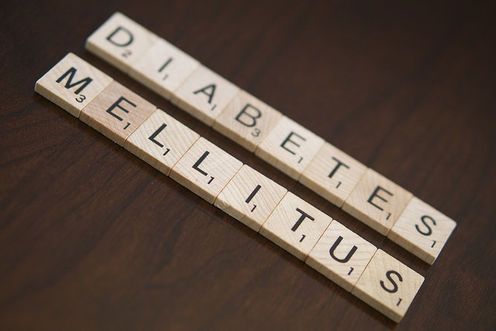
When we think of diabetes, we tend to think of rich people with poor lifestyles. A chronic disease linked with obesity, heart disease and worse outcomes for some infectious diseases, diabetes tends to be associated in our minds with wealth, excess and over-consumption.
But it’s not.
Diabetes is a disease that results in higher-than-healthy sugar levels in the blood and can lead to some disastrous outcomes – including blindness, kidney disease and heart disease. In Turkey last week, working with Rotary to deliver workshops on diabetes prevention and care, three important messages emerged that shouldn’t be overlooked when it comes to this massive health challenge.
1. The burden is hitting our poorest, hardest
Globally and locally, the poorest two-thirds are hardest hit, when it comes to the burden of diabetes. To give this concept some shape, in China today, one in two of the population is estimated to be diabetic or at risk – in 1980, one in one hundred had the disease. In fact Latin America, The Middle East and parts of Africa have some of the highest rates of diabetes in the world.
The natural next question, is why – and there’s no simple answer. In part, it is because of the dramatic changes in diet and behaviours observed today across the world – including the globalisation and ‘Westernisation’ of our food and lifestyle patterns. In part, it is because of a lower baseline level of health literacy, as well as under-resourced education and health systems, and prevention mechanisms. In part, it is due to poverty restricting access to increasingly more expensive healthy foods and diabetes medications. And finally, we know that some populations are even at higher biological risk from the disease, developing health problems at an earlier stage and at lower body weights – such as populations from the South Asian continent. Risk that stems from as early as ‘in utero’ conditions and the nutritional status of the mother to those now at risk.

Even within nations like Australia, poorer neighbourhoods and socio-demographic groups are at higher risk from disease, disease progression and poorer outcomes – largely due to the same risks above.
Finally, and sadly, diabetes and poverty is not just a one-way street. With treatment costing as much as 70% of a family income in countries like Malawi and Vietnam, many now see chronic diseases like diabetes, as ‘poverty cycle catalysts – entrenching families in poverty, removing younger generations from work and educational opportunities to care for those affected, and in some cases reversing economic development.
2. It’s not one disease
The second take home from the week just past, is that while diabetes as a single name might seem simple – it’s actually not one disease.
In simplest terms, diabetes can be divided into three main groups based on those it affects. Type 1 Diabetes is a disease where the body attacks its own insulin-producing cells and has an onset earlier in life. Those living with the disease are often young and normal weight when diagnosed – and there is no known prevention method. Nor is it reversible. Type 2 Diabetes (once known as ‘adult onset diabetes’) is associated with overweightedness. The extra weight causes the body to produce more insulin and eventually the organs and cells that produce it, become overwhelmed, exhausted and even fail. It is usually associated with factors like physical inactivity and obesity, but not always. It can be prevented and in the early stages, it can even sometimes be reversed. The third distinct type of diabetes is Gestational Diabetes – which affects women when they are pregnant and usually resolves following birth. It does not often pose the same long-term risks to those affected, but can cause larger babies and problems during birth itself.

There are other types of diabetes, and even some categories and definitions for ‘pre-diabetes’ – those almost, but not quite diabetic. The important message is that all are not the same and the most common type is preventable – so having a conversation with your doctor or nurse can be a wise move, if you’re concerned you’re at risk.
3. Funding is falling between the gap
Crucially for those who work in policy or public health, diabetes at a macro level is being largely forgotten. In short, whether it is at the national or international policy level, or when looking at major donors like Bill Gates and others – diabetes is being left off the map and with serious consequences for those affected. In 2011, the wider group of related NCDs (of which diabetes is one) caused around two in three global deaths yet received only 1.5% of all health aid.
In Australia, it is a similar story. We have an efficient healthcare system, but sadly we spend less than 2% of our health budget on preventing disease – a third of the level spent by Canada and 50% less than the USA. All in a time when we are facing enormous burden of preventable diseases, including diabetes.
Money doesn’t solve everything, but it would go a long way to reducing this burden with many evidence-backed and cost-effective options available.
The final word
Diabetes might cause some confusion, but at the end of an important week of learning and sharing ideas, some things became very clear. Whether to avoid the pain and suffering or the economic fallout, diabetes is truly a global, health issue.
–
Connect with Sandro on Twitter. For those on Twitter and interested in Global Health, the Sixty-eighth World Health Assembly of the World Health Organization is happening this week. Follow live via #WHA68.
This article is dedicated to Rotary International, for their efforts in reducing the global burden of diabetes.
